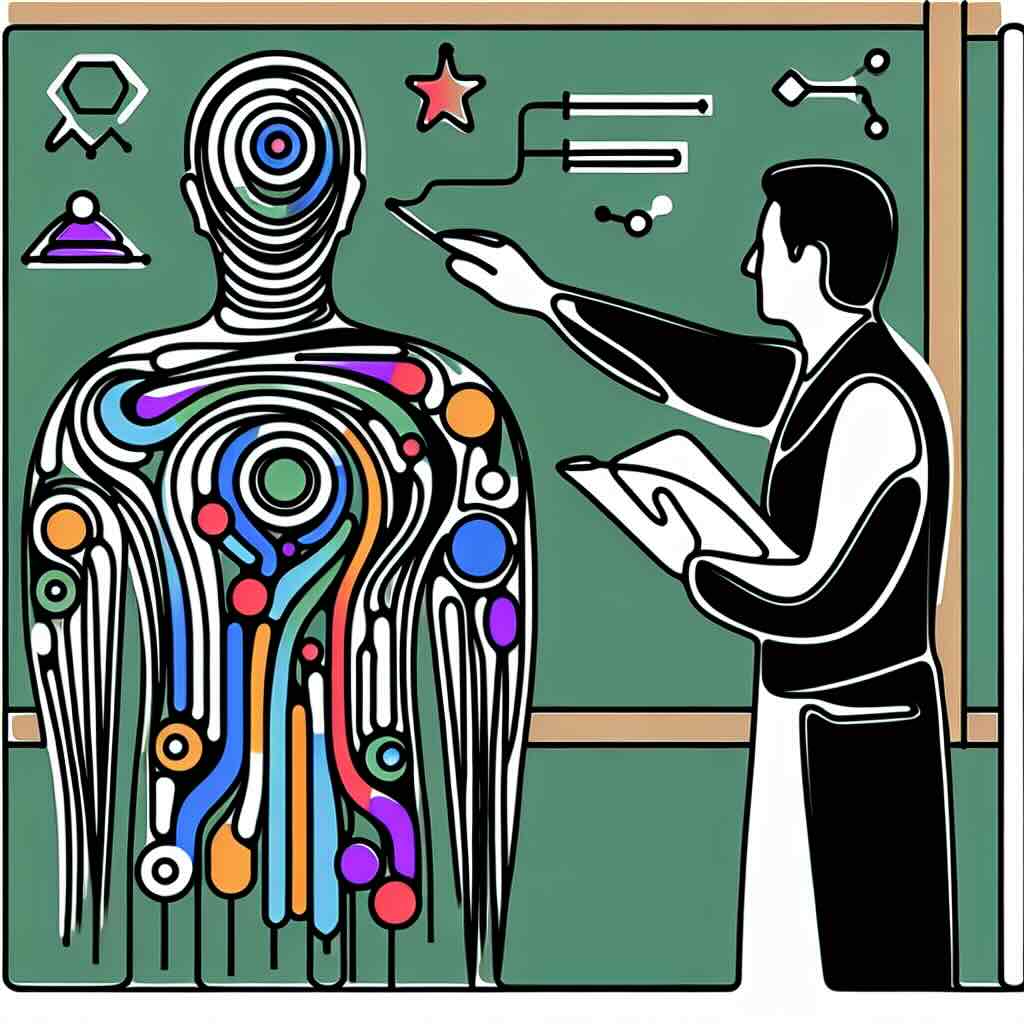Effective corporate training programs are pivotal to the success of any organisation. Aligning instructional design with business goals ensures that training not only equips employees with necessary skills but also drives organisational growth. This blog post explores the importance of this alignment and offers practical advice for new instructional designers embarking on this journey.
Table of Contents
1. Introduction to Corporate Training and Business Goals
2. Importance of Aligning Instructional Design with Business Goals
3. Strategies for Alignment in Instructional Design
4. Metrics and Evaluation for Effective Training
5. Continuous Improvement and Adaptation
6. Benefits
7. Risks
8. One Thing You Can Try Today
9. Conclusion
10. Try it Yourself
11. Related topics
Introduction to Corporate Training and Business Goals
Corporate training is an integral part of any organisation's strategy, aimed at enhancing employee performance and achieving business objectives. However, for training to be effective, it must be well-designed to meet the specific goals of the business. This alignment ensures that training resources are being utilised efficiently to support the company's vision. Instructional designers must understand the business landscape to create content that is both relevant and impactful.
Importance of Aligning Instructional Design with Business Goals
Aligning instructional design with business goals is essential for several reasons. Firstly, it ensures that training initiatives directly contribute to the strategic objectives of the organisation. This alignment helps in securing buy-in from stakeholders and establishes a clear purpose for training programs. Moreover, it enables the measurement of training effectiveness against key business metrics, providing a tangible ROI. Without alignment, training can become isolated, losing relevance and effectiveness.
Strategies for Alignment in Instructional Design
To effectively align instructional design with business goals, start with a thorough needs analysis. Engage with key stakeholders to identify the primary objectives and challenges of the organisation. Then design your training programs to address these specific needs, focusing on knowledge and skills that will drive business performance and connect the goals you have identified with the content and activities within your learning designs. Regularly review the alignment by capturing stakeholder feedback and making adjustments as necessary.
Metrics and Evaluation for Effective Training
Evaluation is crucial for determining the success of your training programs. Use metrics that directly link to business goals, such as productivity improvements, sales growth, or quality enhancements. Employ both formative and summative assessments to gauge learner progress and program effectiveness. Post-training evaluation should involve multiple stakeholders to gather comprehensive feedback. This data-driven approach not only validates training efforts but also provides insights for future improvements.
Continuous Improvement and Adaptation
Instructional design is not a one-time activity; it requires continuous improvement and adaptation. The business environment is dynamic, with evolving needs and challenges. Hence, training programs must be flexible and adaptable. Stay updated with industry trends and emerging technologies to keep your training materials fresh and effective. Regularly solicit feedback from learners and stakeholders and be prepared to iterate on your designs to maintain alignment with business goals.
Benefits
Aligning instructional design with business goals comes with numerous benefits. Firstly, it ensures relevancy, making training more engaging and effective. It leads to better allocation of resources, maximising the ROI of training programs. Furthermore, it enhances employee performance, directly influencing business outcomes like productivity, efficiency, and customer satisfaction. Lastly, it strengthens the strategic partnership between the training department and other business units.
Risks
Failing to align instructional design with business goals poses several risks. Training programs may become obsolete or irrelevant, leading to wasted resources. It can result in low engagement and motivation among employees, diminishing the effectiveness of the training. Furthermore, without alignment, measuring the success of training initiatives becomes challenging, leaving organisations without a clear understanding of their impact. This misalignment can impede organisational growth and innovation.
One Thing You Can Try Today
Exercise: Conduct a quick stakeholder interview. Identify one key business goal your organisation is focusing on this quarter. Schedule a 15-minute meeting with a stakeholder to understand how training can support this goal. Document the insights gained and brainstorm topics or skills that should be included in your next training module.
Conclusion
Aligning instructional design with business goals is not just beneficial but critical for the success of corporate training programs. By understanding the core objectives of the organisation, instructional designers can create training initiatives that are both relevant and impactful. Continuous evaluation and adaptation ensure that these programs remain effective in a dynamic business environment.
Try it Yourself
1. Conduct a needs analysis to identify business goals and training needs.
2. Design your next training program with these goals in mind.
3. Implement metrics to evaluate the effectiveness of your training initiatives.
Related Topics
- Needs Analysis in Instructional Design
- Effective Stakeholder Communication for Instructional Designers
- ROI of Corporate Training Programs
- Project Management in Instructional Design
- Emerging Trends in Corporate Training







